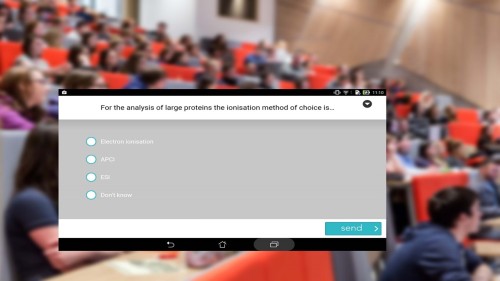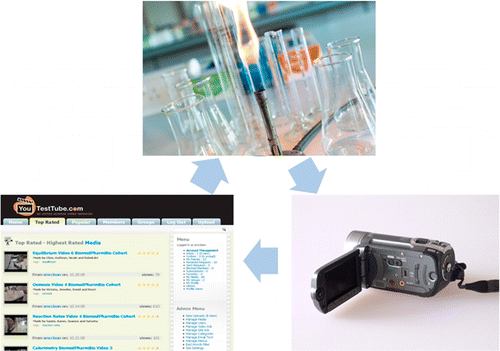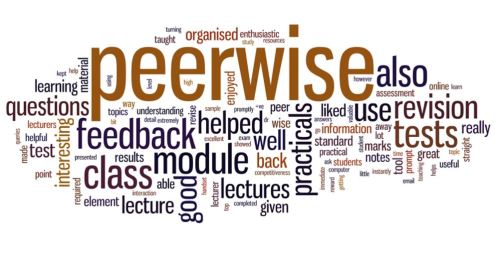For some time now I have been using the audience response system, Nearpod to promote active learning with bioscience students. A short case study has now been published on how we have implemented the tool at Ulster University.
The abstract of the paper follows:
Active and collaborative learning provides distinct advantages for students in higher education, yet can often be hampered by the barrier of large class sizes. Solutions that combine a ‘bring your own device culture’ with cloud-based technologies may facilitate a more interactive learning experience. In this pilot study, we describe the use of one such technology, Nearpod, to enhance interactivity in lectures delivered to pharmacy and bioscience students at Ulster University. Existing material in PowerPoint or Keynote format is uploaded to the instructor area of Nearpod, interactive elements are added, and the lecture is then broadcasted via the internet to student devices. The lecturer may choose to share polling responses or examples of submissions from the drawing tool or open-ended questions, thereby providing instant feedback on learning. Students commented favourably on the interactivity and engagement afforded by Nearpod. Most students were happy to use their own electronic devices (smartphones, tablets and laptops) for such activities with a minority expressing concern over problems with connecting to the institutional Wi-Fi. Nearpod and similar products represent a new class of feature-rich audience response systems that have potential to transform learning even in large classes.




 I have just implemented PeerWise again with my cohort of Biochemistry students this semester. For those not familiar with it
I have just implemented PeerWise again with my cohort of Biochemistry students this semester. For those not familiar with it 